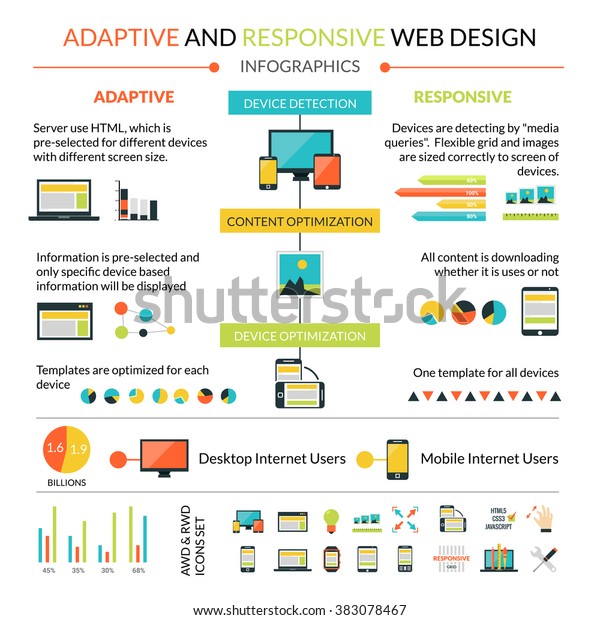Unlock Extensive Understandings Of The Function Color Psychology Plays Fit Individual Actions On Websites, Stiring Up Interest About Its Possible Impacts On Your Brand'S Electronic Identification
Unlock Extensive Understandings Of The Function Color Psychology Plays Fit Individual Actions On Websites, Stiring Up Interest About Its Possible Impacts On Your Brand'S Electronic Identification
Blog Article
Web Content By-Curtis Robbins
Harness the power of shade psychology in web site design to increase user engagement and perception. Shades activate emotions, communicate messages, and affect just how users translate your site. you can check here affect actions and decision-making, so choose wisely. Warm tones produce urgency, while cooler tones generate relaxation. Contrasting shades help highlight key elements. Shades form your brand identification, strengthening acknowledgment and connection with your audience. By straightening shades with your brand name worths and considering your target audience's choices, you can create a visually enticing and psychologically powerful site. Your site's color scheme can make a significant difference in exactly how individuals regard and connect with your brand name.
Relevance of Color Psychology
Comprehending the relevance of color psychology is critical for creating impactful and engaging web site layouts that reverberate with your target market. Colors have the power to stimulate emotions, share messages, and impact assumptions. By tactically choosing the ideal shades for your web site, you can improve the general user experience and leave a lasting impression.
Color psychology plays an essential role in shaping the understanding of your brand name. Different colors have unique associations and meanings connected to them. As an example, blue is often related to trust and expertise, while red can stimulate feelings of enjoyment or necessity. By aligning the colors on your web site with your brand name worths and messaging, you can develop a solid aesthetic identity that draws in and maintains individuals.
Furthermore, color choices can influence user behavior and decision-making. Researches have revealed that certain shades can influence just how customers perceive information and connect with a website. By recognizing the psychological impacts of colors, you can create a site that guides users in the direction of specific actions, such as buying or registering for an e-newsletter.
Influence on Customer Behavior
Color selections in web site design can straight influence how users behave and connect with the web content provided. When customers go to a site, the shades made use of can stimulate specific emotions and feedbacks that impact their browsing experience. For instance, cozy colors like red and orange can develop a feeling of urgency or exhilaration, motivating customers to do something about it promptly. On the other hand, trendy shades such as blue and environment-friendly often tend to have a soothing result, perfect for advertising leisure or trust fund.
Making use of contrasting colors can draw attention to vital components on a website, guiding customers towards certain locations like buttons or contacts us to action. Furthermore, a well-balanced color scheme can enhance readability and navigating, making it easier for users to locate details and involve with the material. By purposefully integrating shades that line up with your internet site's objective and target market, you can successfully influence customer actions and boost total interaction.
Enhancing Brand Name Identification
To establish a solid and identifiable brand name identity with site design, take into consideration exactly how shade options can play an essential duty in shaping exactly how customers regard and connect with your brand. Colors evoke emotions and associations, making them powerful tools for sharing your brand's values and individuality. Consistency in shade use across your website can aid enhance brand acknowledgment and produce a natural visual identification.
When picking shades for your web site, think of exactly how various colors straighten with your brand's message. As an example, blue usually indicates trustworthiness and professionalism, while eco-friendly can evoke sensations of growth and eco-friendliness. By incorporating these color meanings purposefully, you can improve your brand's photo and communicate with individuals on a subconscious degree.
Remember that shade psychology isn't one-size-fits-all; it's necessary to consider your target market's preferences and cultural differences when picking colors. By leveraging the psychology of color in your website layout, you can reinforce your brand name identification and leave a lasting impact on site visitors.
Final thought
As you browse the huge sea of sites, remember the power of color psychology leading your every click. Like a painter with a scheme, designers craft on the internet experiences that evoke feelings and shape perceptions.
From calming blues to lively reds, each tone plays an essential role in recording your focus and influencing your activities. So next time you surf the web, take a minute to value the virtuosity behind the colors that border you.
